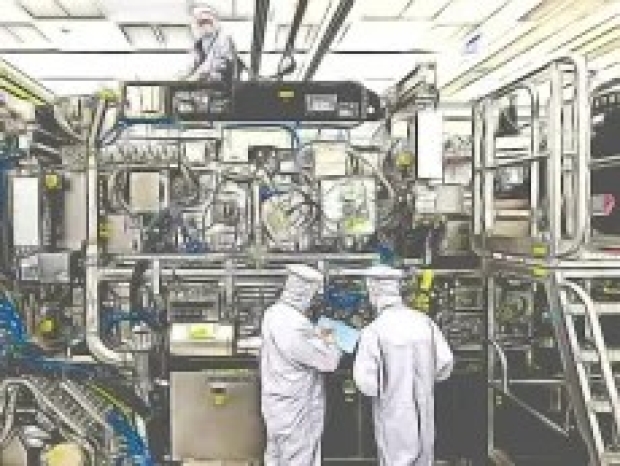At a conference in San Jose, Intel senior principal engineer Steve Carson revealed that the company had already processed 30,000 wafers in a single quarter using the new ASML machines.
“We’re getting wafers out at a consistent rate, and that’s a huge boon to the platform,” Carson said.
This marks a major shift for Chipzilla, which fell behind competitors like TSMC after struggling with the reliability of earlier extreme ultraviolet (EUV) lithography machines.
It took Intel seven years to fully implement those previous-generation models, a delay that contributed to its loss of market leadership.
Now, with ASML’s high NA lithography machines, Intel says it can produce chips using significantly fewer exposures—reducing processing steps from 40 to a “single digit.” That means faster production times, lower costs, and more efficient chip manufacturing.
Intel was the first chipmaker in the world to receive ASML’s high NA machines, a move that underscores its push to regain its leadership in semiconductor technology.
The company plans to use them to advance its 18A manufacturing process, which is slated for mass production later this year with a new generation of PC chips.
Looking further ahead, Intel aims to fully deploy the machines for its next major chip technology, 14A, though it has yet to confirm a mass production timeline.




